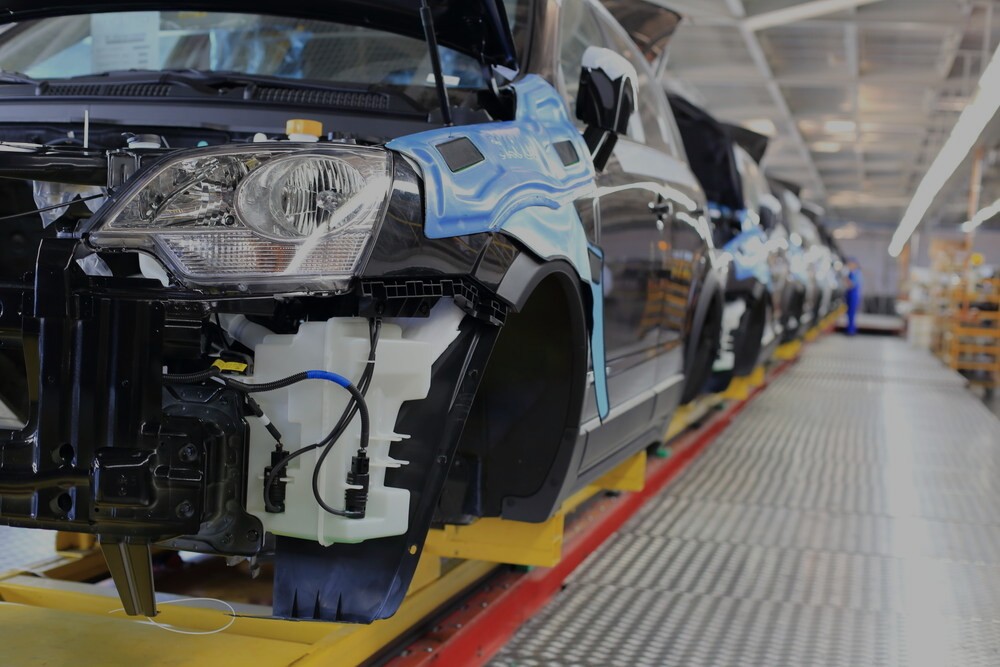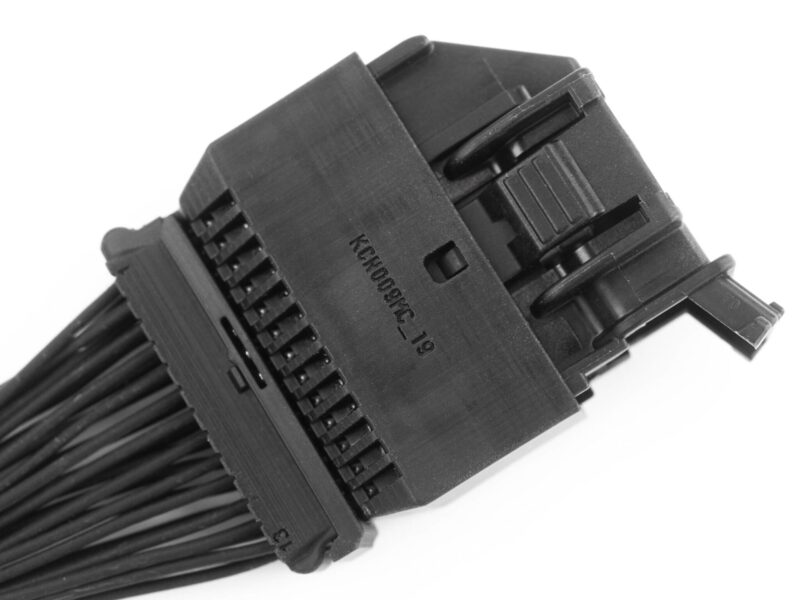

Originally published on fastradius.com on August 26, 2021
The automotive industry is changing. Around the globe, manufacturers are forming strategic partnerships to optimize asset deployment, making their supply chains more resilient, and shifting to recurring revenue streams. As a result, manufacturers have begun to incorporate cutting-edge technologies like additive manufacturing into the automotive manufacturing process. Take a closer look at how 3D printing in the automotive industry can help shorten product development lifecycles, streamline design processes, reduce costs, and much more.
Only six years ago, 16.1% of all additive manufacturing expenditure was attributed to the automotive industry. The automotive industry is expected to consume around $530 million worth of 3D printing materials in 2021 and some industry leaders predict 3D printing in the automotive industry will generate $9 billion in revenue by 2029. Clearly, automotive industry leaders and innovators increasingly see the benefits of incorporating additive into their manufacturing strategies. Here are four key advantages of additive in the automotive industry:
Prototyping is an essential part of the automotive design process. Not only do designers use accurate, scale prototypes to communicate ideas, but they also use them to test performance, fit, and aerodynamics. Having a physical model for each product variation simplifies comparing versions and identifying potential issues, enabling designers to accurately refine products, improve aesthetics, and meet performance requirements.


With additive manufacturing, designers can simulate various parameters before printing, reducing the number of iterations needed before production and speeding up the development process. Product teams can also use additive to create prototypes of molds, thermoforming tools, grips, jigs and fixtures on-site.
3D printing can also simplify an automotive company’s supply chain. Most automotive manufacturers have incredibly complex supply chains because they outsource many parts. Additive manufacturing enables manufacturers to print components near the final assembly facility, minimizing waste, shipping costs, and downtime.
Manufacturers must supply service parts in addition to creating original parts. This traditionally involves creating and storing many spare parts, and most part distributors only have common replacement parts readily available. Parts with low demand are often expensive and can be discontinued. However, additive manufacturing enables companies to 3D print less-requested parts on-demand, eliminating the need for smaller remote warehouses and reducing operational costs.
Lighter parts mean reduced fuel consumption and emissions in gas-powered vehicles, but they’re also essential for electric vehicles. Heavier vehicles require more battery capacity to meet performance goals, but batteries are heavier than other vehicle components. Therefore, increasing battery capacity disproportionately increases vehicle weight. Teams can use lattice generation and topology optimization tools to create a complex component and reduce weight without sacrificing functionality.
Additive manufacturing is also commonly used to produce customized parts. Not only can you 3D print one-of-a-kind parts for vintage car models, but you can also produce customized parts on a driver-by-driver basis. For example, you might use additive to create personalized aesthetic components. You can also produce customized car assembly tools with additive manufacturing, making it easier to efficiently manufacture high-quality products. Customized tools should perform better than their mass-produced counterparts, helping improve productivity down the line.
Today, manufacturers use additive manufacturing to reduce costs, create accurate prototypes, simplify their supply chain, and even produce lightweight final products. As hardware, process automation, and materials continue to improve, automotive manufacturers may create larger parts at higher volumes and offer more mass customization with additive. To get started with additive manufacturing, connect with an experienced automotive manufacturing partner like SyBridge.
With a robust cloud-based manufacturing platform, advanced tools and technology, and a team of expert machinists, designers, engineers, and advisors, SyBridge can help you create automotive-quality parts with additive manufacturing. Contact us today.
Forget typical cycle times. We're pushing the boundaries of conformal cooling. While traditional approaches deliver…
Forget typical cycle times. We're pushing the boundaries of conformal cooling. While traditional approaches deliver…
From left to right: Brayden Janak (apprentice); Logan Vifaquain (CNC machining, Programming and CMM); Ron…
SyBridge Technologies is proud to announce we have been awarded the 2023 General Motors Supplier…
Today, designers and engineers are accustomed to working with digital tools in their day-to-day jobs.…
Optimizing Your Injection Molding Process for Cost-Effective Manufacturing Excellence In today’s competitive landscape, manufacturers are…